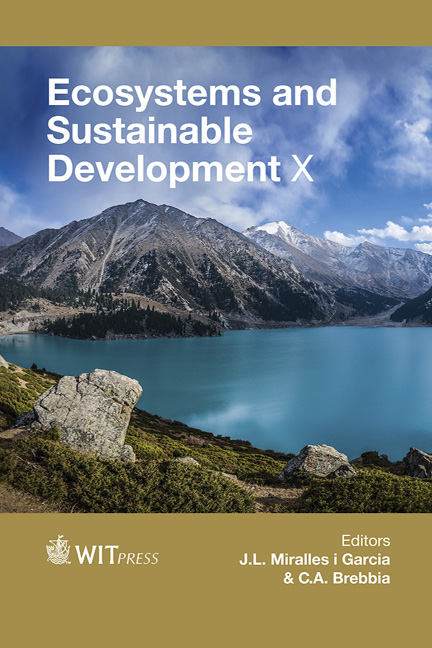Models To Estimate The Mechanical Resistance To Penetration In Argentine Agricultural Soils
Price
Free (open access)
Transaction
Volume
192
Pages
10
Page Range
13 - 22
Published
2015
Size
91 kb
Paper DOI
10.2495/ECO150021
Copyright
WIT Press
Author(s)
J. M. Ressia, M. Cortés, Y. Villacampa, P. Sastre-Vázquez
Abstract
The mechanical resistance to penetration in agricultural soils varies with the water content of the soil.
Therefore the variation of soil humidity may mask the differences between treatments which were in the process of being evaluated. One way to avoid this problem is to make a correction in the humidity content of the soil. The aim of this study is to determine the ranges of variation in mechanical resistance due to the humidity and the depth for typical Argiudolls soils. The experimental data was obtained from four tests. The relation between the humidity, depth and mechanical resistance to the soil penetration was studied using several mathematical models.
The data were fit by equations with coefficients of determination ranging from 0.14 to 0.44.
Boundary conditions were assigned to adjust the equations. These conditions are referred at wet hard soil, dry and soft. In soils in Centro de la Provincia de Buenos Aires, Argentina, it is possible to explain part of the variability in the resistance to penetration of the soil by the humidity variability, apparent density, soil condition and depth. The best model adjusted to the experimental data includes as independent variables: the condition of tillage, the depth and the apparent density.
Keywords
model, agriculture soil, mechanical resistance





